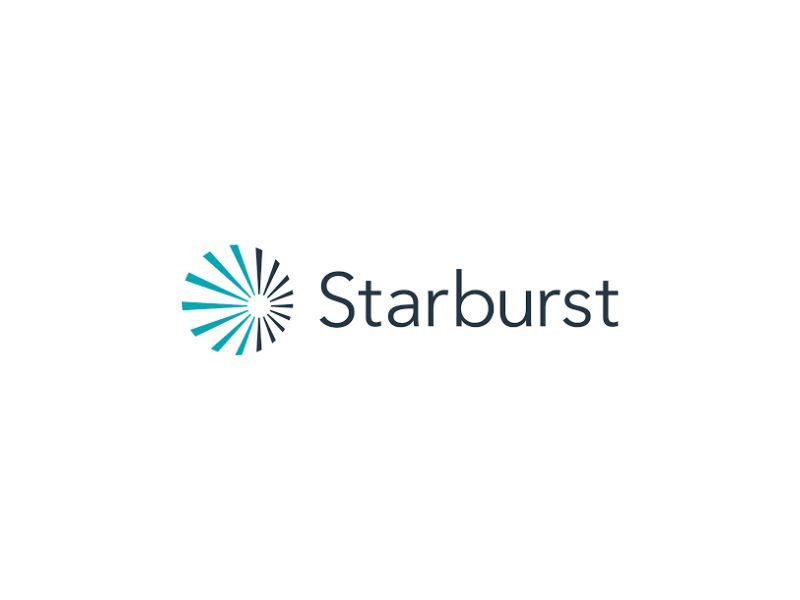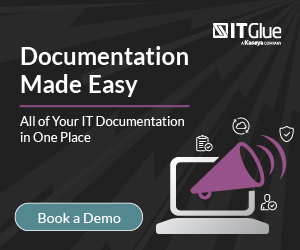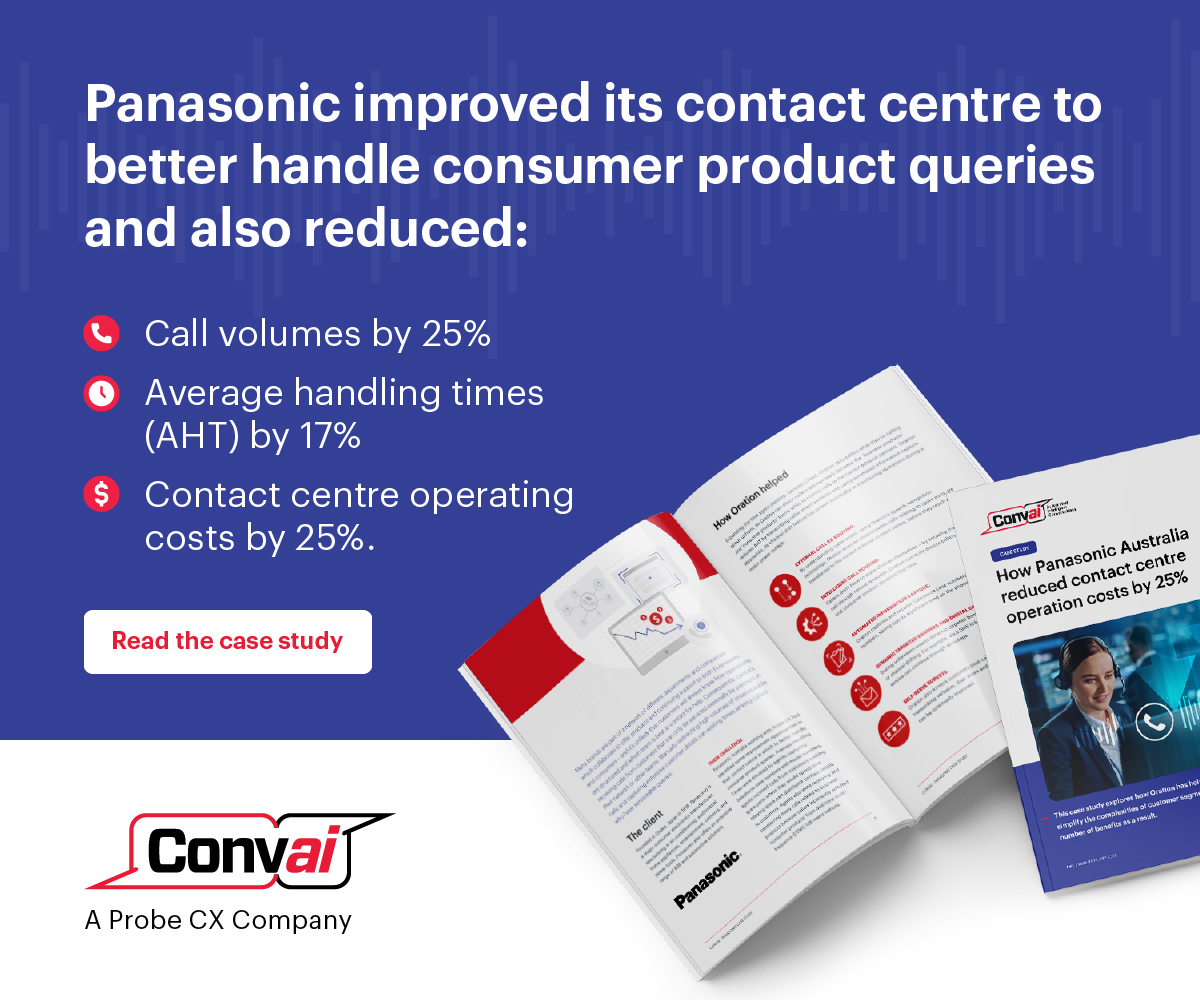Starburst, the data platform for apps and AI, has officially announced a comprehensive set of product innovations across its flagship offerings i.e. Starburst Enterprise Platform and Starburst Galaxy.
According to certain reports, these solutions arrive bearing the means to accelerate enterprise AI initiatives, and at the same time, support the transition to a future-ready data architecture built on a data lakehouse. More on the same would reveal how, thanks to a distributed, hybrid data lakeside, the overarching development can power AI, apps and analytics, thus enabling faster, more secure, and collaborative data access.
Beyond that, it will also be able to leverage native AI tooling, the Starburst Data Catalog, along with several advancements to data ingestion, and table maintenance and governance, all for helping enterprises unlock the full power of modern data lakehouse.
“AI is raising the bar for enterprise data platforms, but most architectures aren’t ready,” said Justin Borgman, CEO and Co-Founder, Starburst. “At the end of the day, your AI is only as powerful as the data it can access. Starburst is removing the friction between data and AI by bringing distributed, hybrid data lakeside, enabling enterprise data teams to rapidly build AI, apps, agents, and analytics on a single, governed foundation.”
Talk about Starburst’s new innovations on a slightly deeper level, we begin from Starburst AI Workflows, a specialized suite of capabilities focused on speeding AI experimentation to production for enterprises. In essence, these AI Workflows can search unstructured data, orchestrate prompts and tasks with SQL, as well as govern model access. They can also combine AI Search to transform unstructured data into vector embeddings across Iceberg, and they can do so using your choice of embedding model.
Next up, we have the Starburst AI Agent, an out-of-the-box natural language interface for Starburst’s data platform which can be built and deployed by data analysts and application-layer AI agents to deliver insights at a significantly faster clip.
Another detail worth a mention is rooted in the Galaxy’s AI-Powered Auto-Tagging feature. This particular feature can simplify governance through LLMs. The intention here is to detect sensitive data like PII at the column level.
Complementing that would be the availability of human-in-the-loop review and support for custom user-defined classifiers, something which makes it possible for teams to confidently scale ABAC policies and facilitate secure, self-service access of business users.
Turning our attention towards the all-new Starburst Data Catalog, it is understood to be an enterprise-grade metastore solution, geared towards replacing Hive Metastore in Starburst Enterprise. The solution also features native Iceberg support, seamless Hive migration, and a flexible foundation for future multi-engine integration. Apart from that, it can help organizations reduce metadata sprawl, improve query performance, and simplify governance
“Before Starburst, maintaining our Iceberg tables was a manual, error-prone process that only covered a fraction of our data. With Automated Table Maintenance, we applied compaction and cleanup across the board, going from 16% table maintenance coverage to 100%. This enhancement led to a 66% reduction in S3 storage costs for our data platform buckets and contributed to an overall 20% decrease in S3 storage expenses across the company,” said Ricardo Cardante, Staff Engineer, TalkDesk.
Hold on, there is more, considering we haven’t yet touched upon Starburst’s new fully-managed Iceberg Pipelines. These pipelines conceive a fully managed, end-to-end Icehouse lakehouse experience on Iceberg, combining automated maintenance and multiple ingestion options to simplify data readiness at scale.
We also haven’t touched upon the built-in Live Table Maintenance solution, which is inclusive of features like compaction, snapshot cleanup, and orphan file removal, each capable of keeping Iceberg tables performant and cost-efficient. The mechanism in question also eliminates any need for manual tuning.
Users can further come expecting to scale Iceberg workloads. This translates to how Starburst Galaxy can now streamline large-scale Iceberg operations to manage compaction, cleanup, and retention across deployments, eventually cutting down on storage costs and improving query performance with minimal operational overhead.
The native support for AWS S3 Table buckets also treads up a long distance to unlock high-performance querying on Amazon’s new auto-managed storage format, whereas on the other hand, Nanosecond Timestamp Type Support effectively adds precision for time-sensitive analytics.













